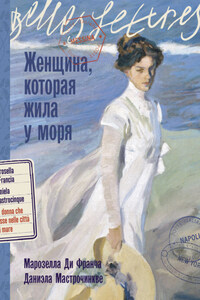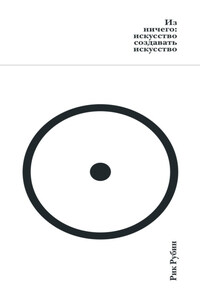2nd December 1999
I know now that hurtling a saffron-stained coconut over London Bridge at six-thirty in the morning should have set some alarm bells off. The tramp peered up at me from his cardboard box as if to say that I would be joining him very soon. But the Guru had said that it would remove the stagnation from my life, me being represented by a hairy coconut and the water representing flow. The Thames did not glisten at me. Well, it couldn’t really as it was pitch black and probably frozen, but I believed it was glistening, shimmering even, and leading me to better things.
Looking back, the only bit the Guru got right was the symbolism. Brown woman thrown further into murky waters.
I had met this Guru the previous day. I’d like to say that I met him at the foothills of the Himalayas or somewhere exotic but I bumped into him outside Pound Savers on Croydon High Street. It was one of those really cold December days when everything comes at you from all directions; the wind, the rain, puddle-slush, the odd hailstone, and anything else nature can find to throw at you.
It had been a really hard day at work and almost unbearable to get through: my best friend, Kirelli, had died exactly a year earlier. Sorting out the contract of some egotistical artist and checking the provenance of a painting for a client seemed irrelevant, so I told my boss that I had a headache and was leaving early.
‘Two aspirins will clear it,’ he said.
‘Right, I’ll get some on my way home,’ I replied, with absolutely no intention of stopping off at the chemist’s. I was good at pretending; it had become second nature to me because of the distinct worlds I lived in.
Having said that, there were certain parallels between the art world and the Indian subcontinent ensconced within our semi: both worlds were seemingly very secure with an undercurrent of unspoken rules and codes of conduct that were made and manipulated by a dominant few. One set fixed the price of art and the other fixed up marriages. The main difference was that the ones in the art world didn’t have centre-parted hair and weren’t dressed in saris, grey woolly socks and sandals.
The only way I was able to make the cultural crossover from the Hindi songs wailing from the semi to the classical music played subtly at the reception area in the law firm where I worked as an artist’s representative was by pretending. Pretending to be someone I wasn’t.
‘Nina, Boo Williams is coming in tomorrow,’ my boss reiterated before I left. This was his coded way of saying, ‘Make sure you pull yourself together by the morning.’
Boo Williams was one of the artists we represented at the firm. Her sculpture of Venus de Milo made from dried fruit and vegetables had failed to win the Turner Prize so she would be needing much consolation and bullshit from me in the morning. Forget the sickie, forget grief; Boo and her heap of fruit and vegetables needed me more.
‘Right, see you tomorrow then,’ I muttered, grabbing my coat.
On the way back home there were no commuters hurling themselves onto the tube. The carriages were almost empty and I was relieved, because if I had had a group of wet strangers pushing against me, vying for space, that would have just about done it. I sat opposite an old lady with wispy white hair. She had the kind of eyes that made me want to tell her that my best friend had died in my arms at exactly this time – two-thirty, a year ago – and that since then I had been lost, truly lost. The old lady smiled at me and a lump began to form in my throat. I got up, moved seats and sat down beside a soggy copy of the Guardian. The page it was turned to showed the Turner Prize winner, Maximus Karlhein, trying desperately to pose seriously. He was standing next to one of his pieces exhibited at the Tate – an old wardrobe stuffed with his worldly possessions.
I pushed the paper away feeling exhausted. It was all nonsense; people posing in front of wardrobes, passing it off as art and making headlines. Where was the feeling? The passion? And that crap – that the relationship with his wardrobe was imbued on his soul and that he had no option but to express it – which PR person had thought of that line? Art was supposed to be passionate and full of emotion, not contrived, not like an Emperor’s-new-clothes scenario where a group of influential people said that the work was good and therefore people believed it was. What had happened to art? Paintings done by artists who didn’t even care if they weren’t known, not some hyped artist giving a convoluted explanation behind a pile of dried fruit or a heap of junk. A year on, and despite promising that I would be true to myself after Ki’s death, I still participated in the circus.
Tomorrow, no doubt I would have to console Boo. What kind of name was that anyway? Knock, knock, who’s there? Boo. Boo who? Don’t worry, love, your apricots didn’t win the Turner Prize this year but you can sell them for at least five grand. That’s what I would want to say, but what I would probably say was, ‘Ms Williams, Boo, it’s an injustice, I just can’t see how you didn’t win. Your concept, the use of colour is simply … simply inspirational.’














